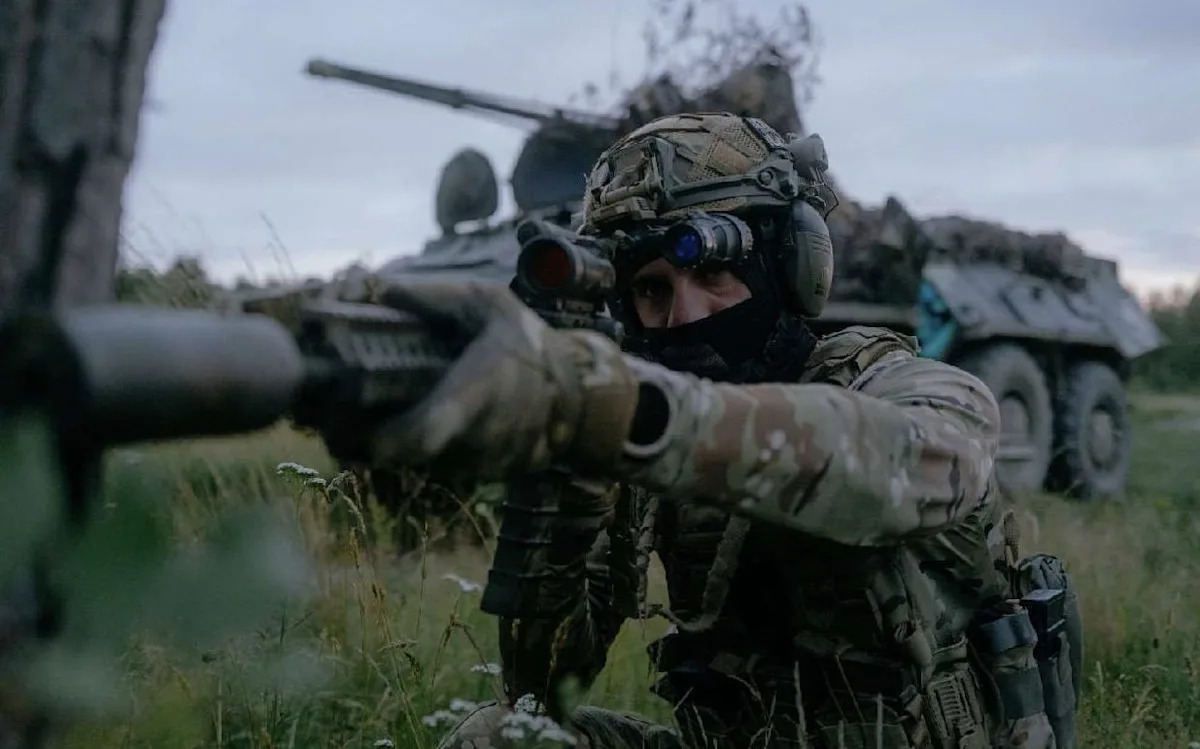The sun had just risen over Ukraine’s Sumy region when Kyiv’s long-feared special forces unit launched one of the war’s most daring assaults.
Deep behind Russian lines, commandos infiltrated enemy positions, cut off supply lines and destroyed command centres in a surprise attack that – according to Kyiv – wiped out an entire Russian battalion and halted its offensive.
At least 334 Russian troops were killed and more than 550 wounded, Ukraine’s military intelligence (HUR) reported.
The mission was executed by the Timur Special Unit, a band of elite forces within HUR that carry out clandestine ambushes and raids on land and at sea.
The unit usually operates in the shadows, but has been credited with some of the most sophisticated and symbolic operations of the 41-month war, earning its troops almost mythical status in Ukraine.
Its commander is Lt Col Timur, a nom de guerre for a man credited with sowing chaos and panic in Russia’s rear and whom Volodymyr Zelensky named the unit after.
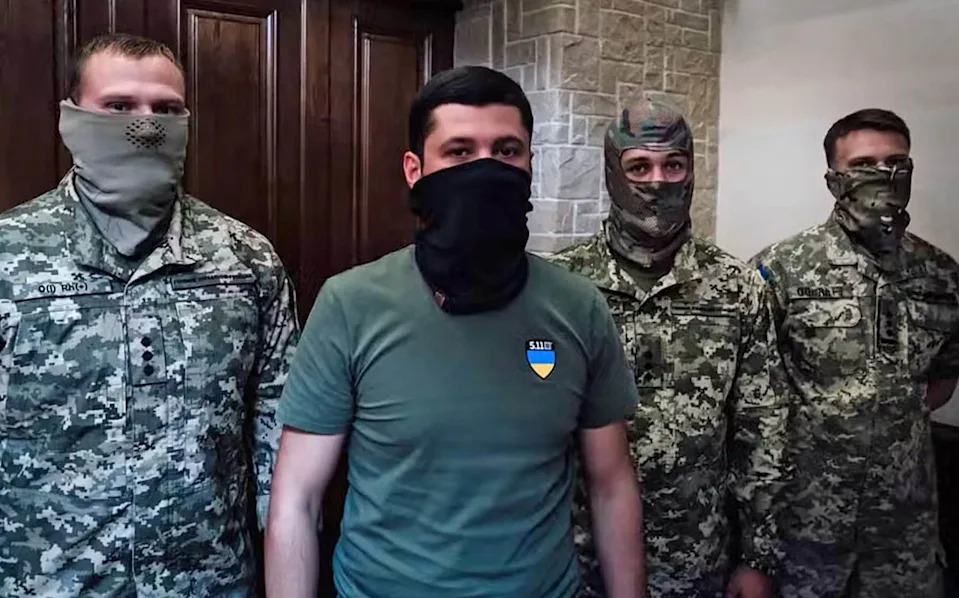
Lt Col Timur, front, and members of Ukraine’s Timur Special Unit – ADRIEN VAUTIER/LE PICTORIUM
On August 24 2023 – Ukraine’s independence day – he became a hero to his countrymen when he planted a Ukrainian flag on Crimea for the first time after almost ten years of occupation.
The daring raid on the Black Sea peninsula involved riding boats and then jet skis 125 miles to storm a Russian base that housed a powerful electronic warfare system that had been jamming Kyiv’s missiles. Despite clashes with Russians, the target was hit and the mission – codenamed “Produdjenia sili” (the Force Awakens) – was lauded as a significant military success.
But perhaps more significant was the blunt message it sent: Russia was vulnerable.
“Crimeans would see that we had come, and Russians would understand that we can appear anywhere and at any time,” Lt Col Timur later said of the operation.
One of HUR’s largest special forces units, it is not known how many soldiers are in Timur’s ranks, but it is made up of a myriad of some 20 smaller units highly specialised in irregular warfare.
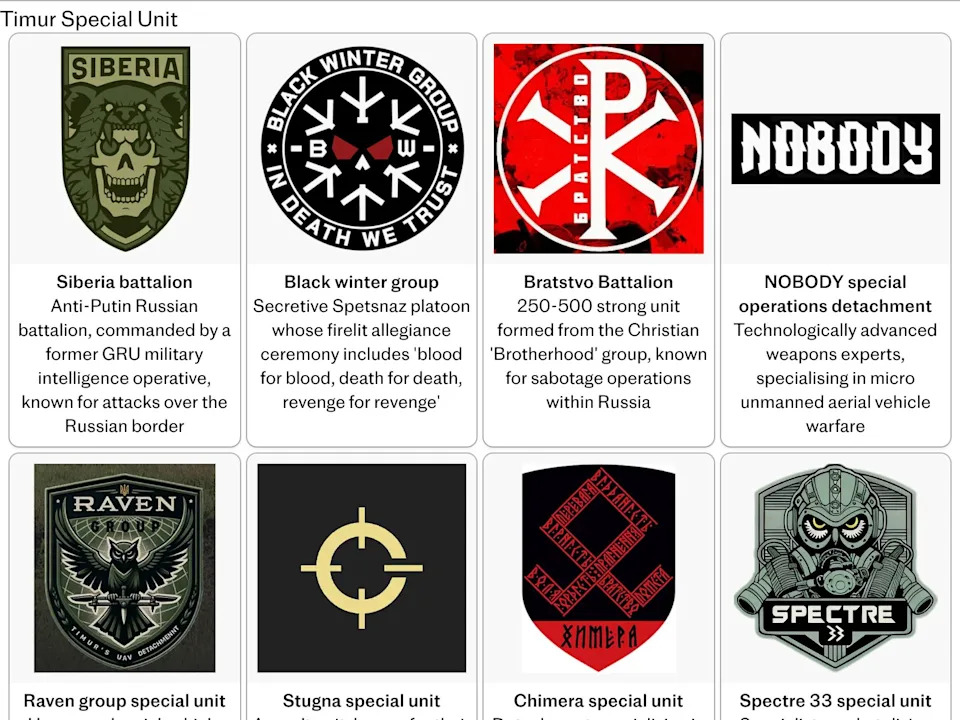
Timur Special Unit
The Nobody and Raven units are known for their cutting-edge drone warfare on land and sea, while its Bratstvo “Brotherhood” Battalion excels in amphibious raids and sabotage operations on Russian territory. Spectre 33, also part of Timur’s forces, is a dedicated combat diving unit.
“The peculiarity of this special [Timur] unit is that it includes various units with unique skills and special training, enhanced by experience in modern warfare,” said Dmytro Zhmailo, military-political expert and executive director of the Ukrainian Security and Cooperation Centre.
“It is probably one of the first units since World War II to have carried out successful deep raids with secret missions into Russian-controlled territories,” he told The Telegraph.
The Timur unit has taken part in some of the bloodiest battles of the war, from holding the “the road of life” in Bakhmut to morale-boosting coups, including the liberation of Snake Island in the Black Sea, and hunting down Russian mercenaries in Sudan.
“It is well-equipped with Western weaponry, deeply experienced on the battlefield, highly motivated and extremely effective,” according to Ivan Stupak, Ukrainian military analyst and former officer in Ukraine’s security service (SBU).
In Sumy, the versatility of the unit’s work was on display, he said, referring to their unique ability to seamlessly fight in trenches, forests, and in the air.
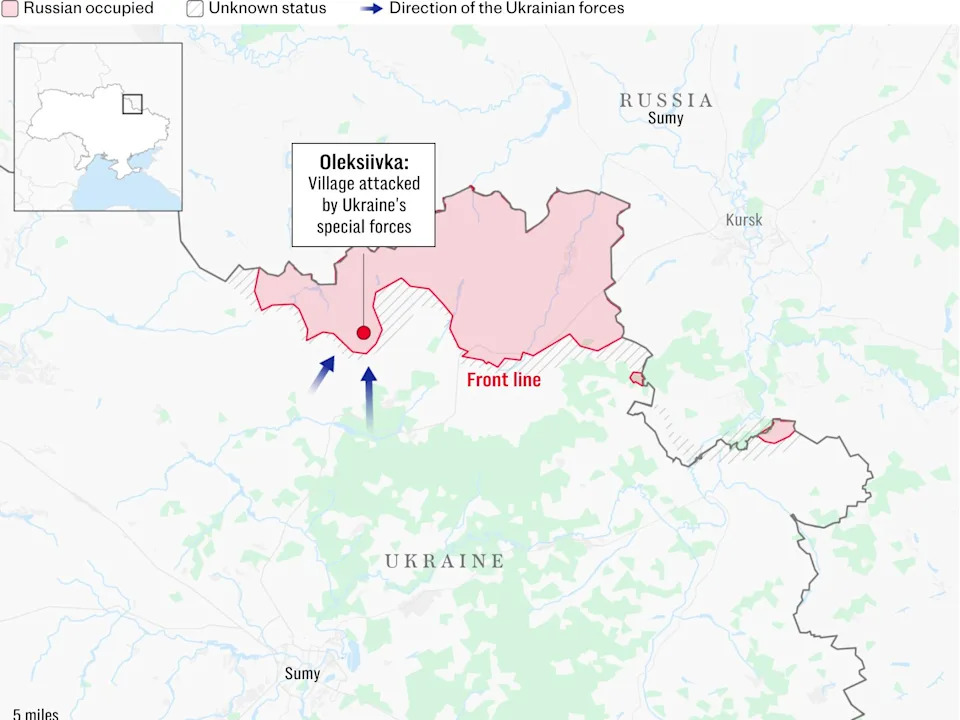
0608 Ukrainian special forces
Russia invaded the northeastern region earlier this year, with the explicit aim of carving out a “buffer zone” to prevent further cross-border incursions by Ukraine into Russian border regions.
HUR on Tuesday claimed that the Russian advance in Sumy was “stopped cold” when the Timur unit infiltrated enemy positions and “defeated” hundreds of Vladimir Putin’s soldiers in close-quarter fighting and air strikes.
Nearly 1,000 Russian troops were killed or wounded, HUR said. It signed off a compilation video of the multi-pronged attack with: “The armed struggle continues! Glory to Ukraine!”
HUR did not specify the exact date or location of the battle, but analysts and open-source intelligence show that Russian offensive operations into the northeast region stalled in late May.
The action was carried out by the forces of the Chymera, Yunger, Stugna, Siberian Battalion, Aratta, 1514, Paragon, Art Division, First Line, Raven Group, and 6th Special Operations Unit, which come under the umbrella of the Timur unit.
In May, the Timur unit carried out a helicopter-led assault in the Kharkiv region. Like the assault in Sumy, it featured a deadly synchronisation of air power, artillery, drone strikes and sabotage operations behind Russian lines.
The attack was a bid to thwart Russian attempts to cross the Oskil river, which acts as a key natural defence against enemy forces reaching the city of Kupyansk, a vital stronghold on the northern fringe of the frontline.
HUR claimed the special forces struck 600 Russian underground shelters, nine field ammunition depots, eight river crossings and killed or wounded 439 enemy troops.
Their notable exploits have also seen them dispatched abroad.
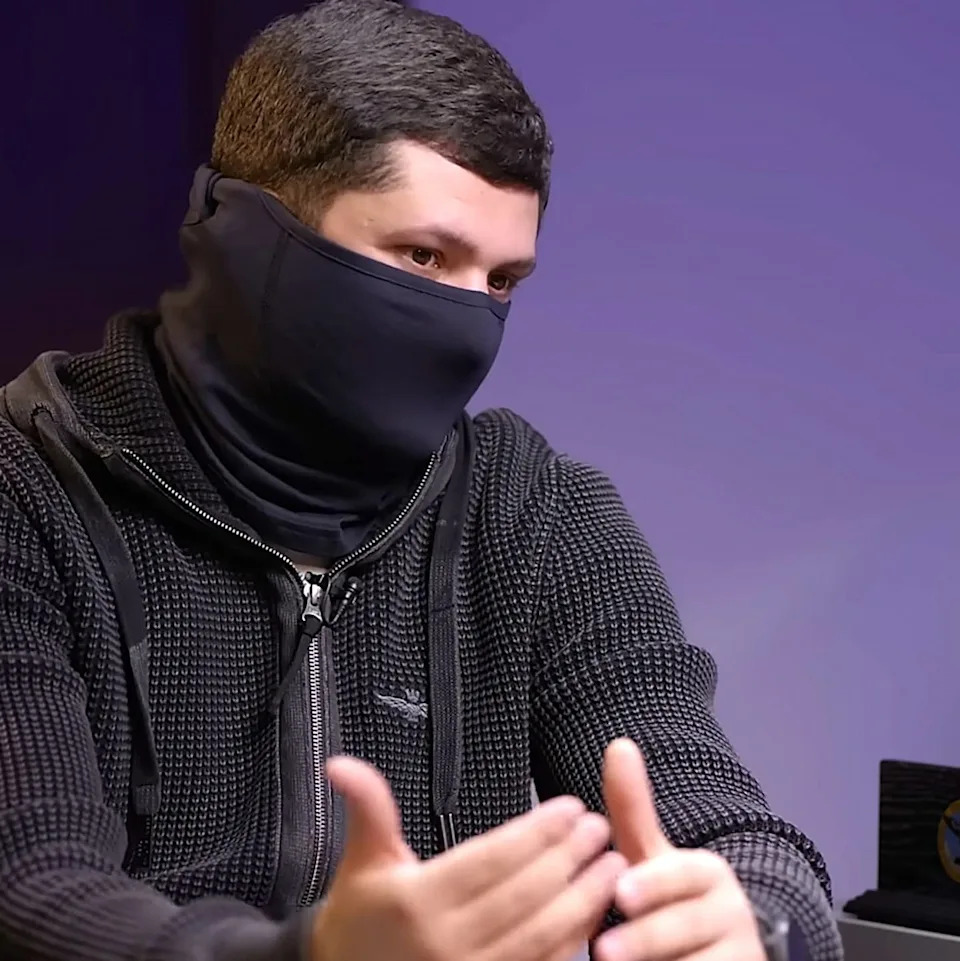
Lt Col Timur became a hero to his countrymen when he planted a Ukrainian flag on Crimea in 2023
In August 2023, 100 soldiers, mostly from the Timur unit, were flown into Sudan to help push the rebels backed by Russia’s Wagner paramilitary group out of Khartoum in the midst of the country’s civil war.
Extending the front line between Ukraine and Russia all the way to Africa, the commandos trained Sudanese army soldiers in drone warfare and new technologies, carried out night raids, and helped retake ground.
Like the flag that was flown in Crimea, the message was clear.
“We have no boundaries as to where we can and cannot work – in occupied territories or anywhere in the world,” Lt Col Timur told Ukrainian Pravda in February 2024.
“Wherever there are soldiers, officers, or individuals involved in the Russian Federation’s special services, we catch up with them,” he added.

